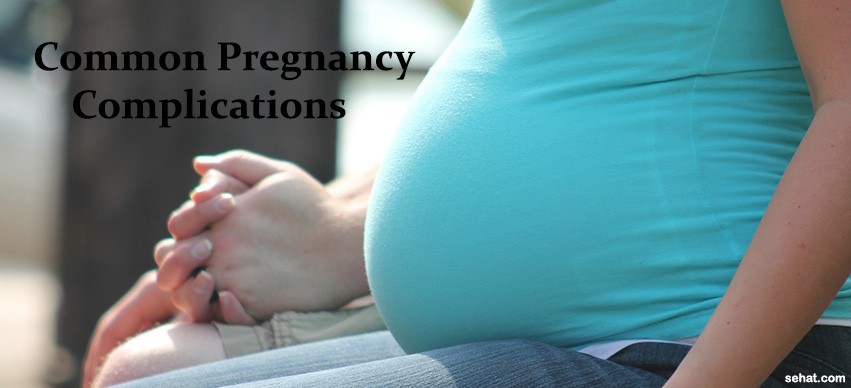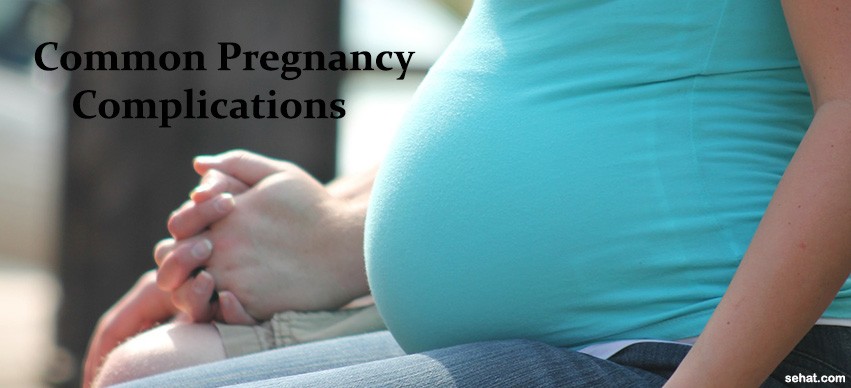Miscarriage In Early Pregnany- Signs, Causes, And Tips To Prevent
6 Min Read


There’s a difference between routine problems and all that’s serious; while usual, common and inevitable malaise can’t be helped with, being informed and applying a little common sense help avoid even the most potentially fatal problems. So, pregnancy yields two types of complications: the normal ones posing no significant danger and serious problems leading to maternal - even fetal - death.
The good news is: There are ways to prevent both.
Some of these are back pains, lower abdominal pains, increased urinary frequency, varicose veins (venous smooth muscles relax and increase intravascular pressure during and after lengthy spans of standing or sitting; constrictive clothing and as an indication of constipation and suppressing bowel movements), carpal tunnel syndrome(occurs in 21% to 62% of women, possibly due to edema), constipation and Braxton Hicks contractions(painless contractions of the muscles of the uterus that continue throughout pregnancy with increasing frequency; also caused by dehydration, which grows fatal if not cared for); these are nothing that can’t be dealt with mild exercises, a gentle massage or heating pads. It is also advised to increase fluid intake and use bulking agents along with fiber enriched foods often help keeping the above symptoms away; if things turn real serious, then it’s only the doctor to decide if its laxatives, paracetamols, muscle relaxants or narcotics going in. However, if it’s sudden defecation instead of constipation, immediate medical assistance must be sought.
Gastroesophageal Reflux Disease or GERD is another such normal complication in pregnant women, resulting from the relaxation of the lower esophageal sphincter, thus increasing transit time in the stomach. This can be easily handled with regular antacids; by dividing total food intake into several small portions and by avoiding the bed (or couch) for at least an hour after eating. H2 blockers and proton pump inhibitors are for severe cases and only for a medical professional to decide.
Dehydration comes first in this aspect, its stealth bringing in the fatality and triggering abnormal uterine contractions. Next is edema; the uterus sometimes compresses the veins in the lower body and increases hydrostatic pressure in the lower extremities. This can be avoided by raising legs (from waist upwards) and by sleeping on the side.
An increased venous stasis together with venous compression is often found to cause hemorrhoids during pregnancy. They create congestion of the venous system and increase abdominal pressure. Hemorrhoids often occur alongside constipation. If natural treatments for constipation fail, let a doctor decide on the topical anesthetics and/or steroids.
Iron deficiency, though normal during pregnancy, may transform to anemia and get dangerous if left untreated. Normal iron supplements are thus important, so are prenatal vitamins.
Diastasis recti or ‘abdominal separation’ occurs to almost a third of pregnant women; during the second (or third) trimester of pregnancy, they experience a separation of their stomach muscles. A growing fetus exerts pressure on the muscles in and around the abdominal cavity and the abdominal muscle faces the most of it. A rapid fetus growth may bring it or it can be weak abdominal muscles; either way, the abdominal muscle can’t hold the pressure and separates/splits along its center. It may also occur during labor and delivery or if there are present more than one fetus. The muscles get together again automatically following the delivery, but sometimes they don’t and exercises are needed to improve the condition. Things do not go as far as surgery normally; that’s only when other means to prevent pain have failed or future complications are feared.
PGP or pelvic girdle pain is a complex disorder and may have too many underlying causes, from the peripheral and/or central nervous system to an altered laxity/stiffness of muscles and tendinous/ligament structures rendering the body mechanics dysfunctional at varying degrees, from mild to grossly impaired. PGP can be peri- or postpartum. May reduce permanently weight-bearing capacities, so adequate rest and a rehabilitation/pain management therapy is essential. Else, it may turn as severe as involving mobility aids, strong analgesics and sometimes, surgery.
A severe hypertensive state (gestational hypertension) is a potential threat in its severe form (a BP over 160/110) and may lead to eclampsia, a toxic condition characterized by convulsions and possibly coma, during or immediately after pregnancy. It may also signify HELLP syndrome, hemolytic anemia with elevated liver enzymes and a low platelet count. There may also develop an acutely fatty liver and deep vein thrombosis, the latter being the second most common cause of maternal death after bleeding.
Strangely enough, it is the body’s natural, physiological response to potential massive bleeding at childbirth. Preventive measures work better than curative measures in this case.
Now, common pregnancy complications don’t only consider the mother but also the child growing inside. And sometimes, even the placenta. These are conditions like an embryo growing elsewhere than in the uterus, placental break-offs and presence of multiple embryos, but that’s a different and a whole new chapter to be opened elsewhere.